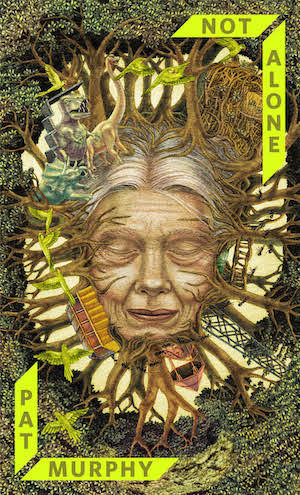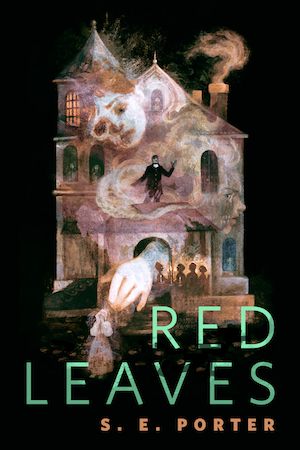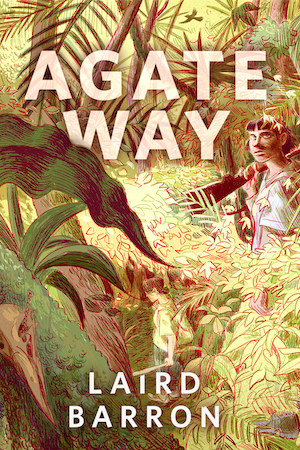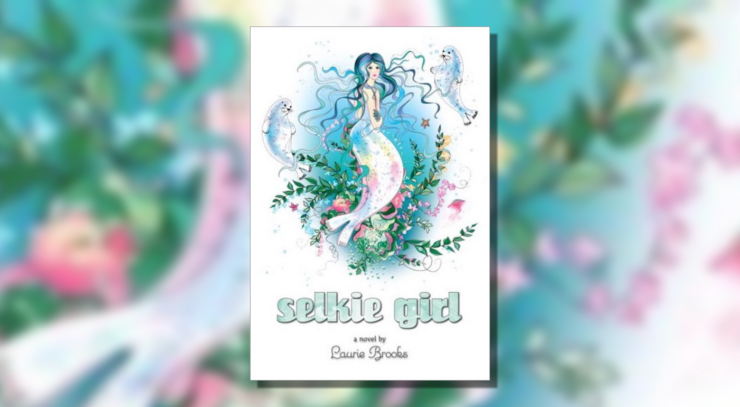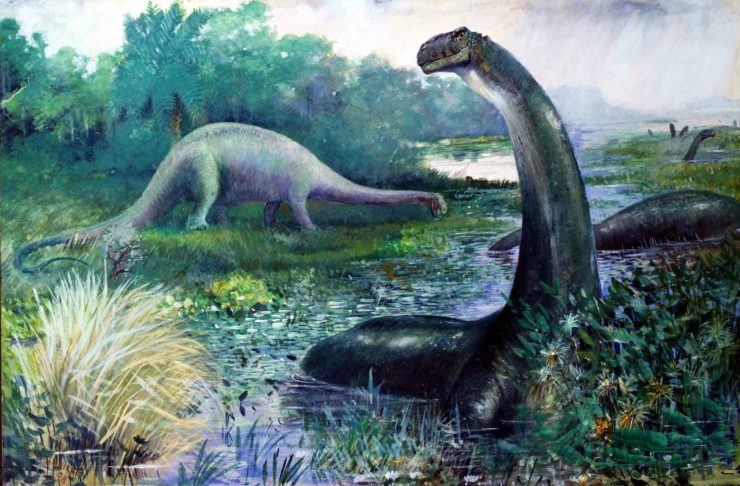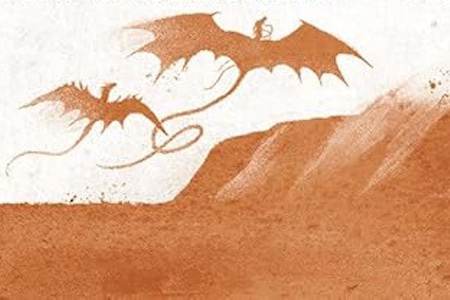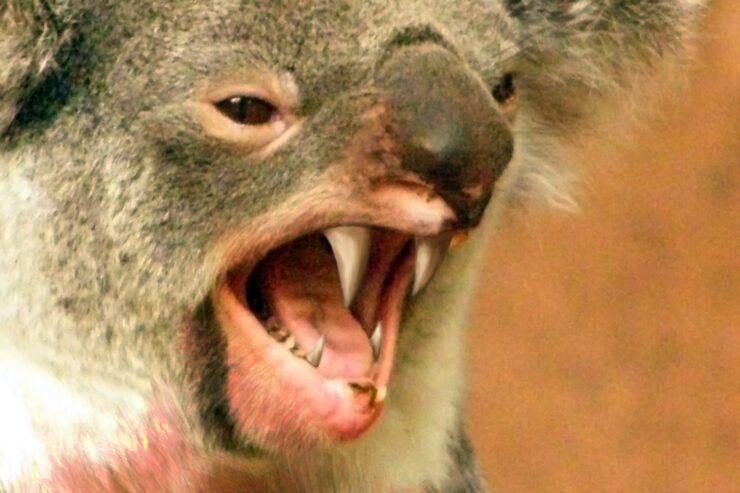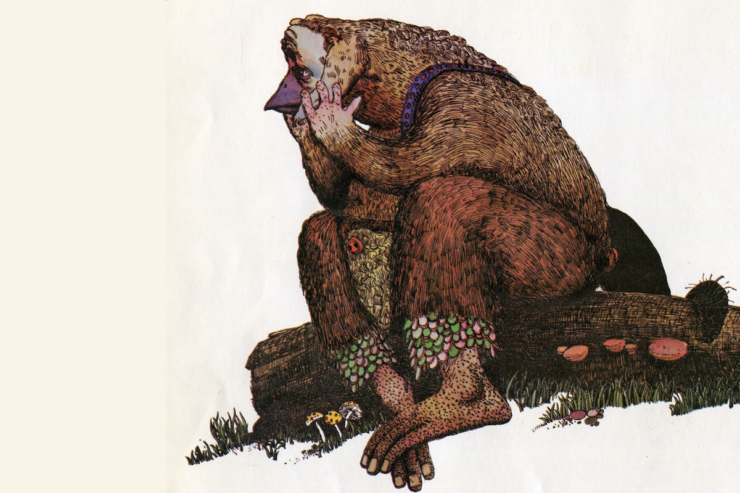I don’t usually have as much trouble getting into a book as I did with this one. Probably it was a combination of the Great Heat Wave of 2023, the microburst that took the roof off my horse barn, and the discovery that I’m not as open-minded about non-standard modes of narration as I thought I was. First-person present at novel length: not a fan.
I stuck with it because I’m stubborn and because I could see that there’s a lot to love about the book. First-person present tense distanced me in a weird way from the story, which is kind of the opposite of what it’s supposed to do. Instead of being the character, I felt as if I were being pushed away by the character’s intrusive presence. Or present.
And yet, I persevered. And perseverance paid off. I came to the point when the selkies started talking about story. What it is. What it does. What it’s supposed to do. That resonated with me on a deep level. And somehow, once that happened, I was finally in the story. I cared about the characters. I was eager to find out what would happen to them.
It’s the classic selkie story. Fisherman comes upon a selkie as she sheds her skin. He steals the skin and takes the woman away to be his bride. They have a single child, a daughter. She has the mark of the selkie on her, in her webbed fingers.
When the story begins, as the daughter comes into her sixteenth year, her mother is withering away. The father is a harsh, abusive, controlling force, but he’s often out on the sea. The kindly grandfather takes care of the little farm, the croft, and does a good part of the child’s raising, though Margaret, her mother, plays a strong role as well.
Elin Jean is a lonely young woman, outcast and bullied by the people of the island, and especially the young people. She has a crush on one of the boys, Tam, who is also an outsider, a Traveller. The word most often used to describe his ethnicity is a slur, which in 2008 when the book was published was not as well understood as it is now. Tam is not perfectly integrated into his culture: his mother died when he was born, his father has little use for him, and he mostly has to make his own way in the world. His dream is to find a nice piece of land and settle down, which is the antithesis of the Traveller way.
Tam manages to fit in, more or less, unlike Elin Jean. He joins the islanders in killing seals for oil and pelts, and he’s an active participant in the annual clubbing of the newborn baby seals. Elin Jean, by sharp contrast, is vehemently opposed to the killing, and is a strong ally of the seals (or selkies, as they’re consistently called).
“Selkie” in this book, and in fact in the far north of the British Isles where it’s set, applies to both seals in general and were-seals in particular. Elin Jean is the Selkie Girl, the girl who tries to protect the seals. She doesn’t know until the novel is well advanced that her mother is a selkie, or that she comes by her webbed fingers completely honestly.
As far as she understands when the book begins, she’s a freak of nature. Her father keeps trying to cut out the webs between her fingers. She hates them and hides them and tries to run away from her differences. She wants desperately to be normal, to be a girl like any other on the island.
Which of course she is not. She has a Destiny. It catches up with her on Midsummer’s Day.
On that day, the islanders have a great festival and dance. And the selkies—the ones who are shifters—come to the shore and shed their skins and have their own dance, every seventh Midsummer, on the seventh tide.
Elin Jean’s life has not been easy. Her mother is dying and she sees no sensible future for herself. She fits in nowhere. She dreams of a relationship with Tam, but she also fears and dislikes him, because he kills selkies.
Then she discovers who and what she is, and what her mother is. The selkie half of her family comes to claim her, and sets her a task: to find her mother’s pelt and set her free. That means losing her to the sea, but the other choice is to lose her to death. The sea can heal her, if Elin Jean will do what’s necessary.
That’s the first choice Elin Jean has to make. The second is to claim her selkie heritage for herself, and go into the sea and learn the ways of her mother’s people. If she does that, she loses her human form and also her budding romance with Tam—which culminates in her exacting from him a promise. He will never kill another selkie.
Elin Jean’s time in the sea in many ways replicates her life on the island. She’s just as much of an outcast; she’s still regarded as a freak, bullied almost to death by the other young selkies. She has a wise grandfather there, too, but also a pair of protective aunts, and a more distant but equally protective mother or grandmother figure, the great leader and storyteller of the selkies.
Her task as a selkie is to come to a state of mind called the knowin’—no one will tell her what that is, only that she has to seek it. She learns the ways of the selkies, hears their stories and learns to tell her own—which is when I finally, really got into the story. She discovers who she is, and who her mother is, but not where her mother has gone; only that she’s not dead. Her mother will come to her, she’s told, when the time is right.
Elin Jean’s journey as a selkie takes her beyond where she managed to go as a human. She earns the respect of her fellow selkies, and saves some of their lives. But there’s one thing she can’t seem to help, and that’s the escalation of selkie killings around the island. The leader of the killers is her own father, gone mad with the loss of his wife, and taking revenge on any selkie he finds.
And then, not too long before Midsummer, the selkies prepare to go to shore for the birthing of their babies. They know most of the babies will be killed. They can’t or won’t do anything about it, except love them every moment until the clubs fall. It’s terrible and fatalistic and inescapable, because seals have to be born on land. They can’t live in the sea until they’re several weeks old.
There’s nothing Elin Jean can do, though she tries. But it incites her to make other changes, as the year turns back toward Midsummer. She begins to understand what her destiny is. She’s the one in between. The Selkie and the Girl. The seal and the human. She’s a link, and a catalyst.
So, it turns out, is Tam. And, in her way and in her time, Elin Jean’s mother, who finds her at last. They bring together the two sides of the family; they negotiate peace, and end the killings.
Elin Jean has one last choice to make. She can go back to the sea and become the leader of the selkies. Or she can choose to live on land and serve as a bridge between the humans and the seals.
It’s a powerful story, and frequently dark. The base of it is domestic abuse. That’s what the selkie story is actually about: the husband who dominates and abuses his wife and children, the wife who is powerless to escape or even to resist him. Elin Jean’s father is even more obsessed with his wife after she leaves than he was while he had her in his possession.
And it is possession. It’s not love. Margaret endures because she has no choice. He wants her, he abducts her, he lets her come close to dying rather than set her free. He becomes a shadow of himself, hopelessly fixated on killing every seal he can find, to punish her for leaving him. He can’t live without her. He won’t let her live without him, either.
Elin Jean can’t save him, but she can save the rest of her family, both human and selkie. With the help of her allies and loved ones on both sides, she transforms the world they all live in. She makes peace between the humans and the selkies.
Brooks’ selkies have a rich culture, deeply imbued with tradition, and built on stories. Elin Jean grows up not knowing her own story or that of her parents. She comes to “the knowin’” through the telling of that story. Story is everything in her world.
Ours, too—and now maybe, with book-banning at an all-time high, it’s more important than ever. In that, Brooks was all too prescient.
Judith Tarr is a lifelong horse person. She supports her habit by writing works of fantasy and science fiction as well as historical novels, many of which have been published as ebooks. She’s written a primer for writers who want to write about horses: Writing Horses: The Fine Art of Getting It Right. She lives near Tucson, Arizona with a herd of Lipizzans, a clowder of cats, and a blue-eyed dog.


